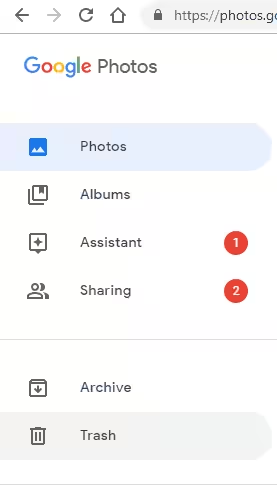Recently, many users has complained that they have accidentally lost their important data from Google Pixel 8. If you are also facing the same issue then you have reached at perfect destination and your search is finally over. After going through the given article, you will find complete information about Google Pixel 8, causes of data loss, manual and automatic data recovery steps. So, we suggest you to follow the instructions in step-by-step manner.

About Google Pixel 8:
Google Pixel 8 is one of the advanced smartphone which was launched on 4th October 2023. It has been powered by Android 14 operating system with Google Tensor G3 processor. It has 6.20 inch touchscreen display with 1080 x 2400 pixel resolution. It has 8GB RAM and 128GB, 256GB internal memory for saving important files or documents. Even more, you will get high quality dual rear cameras with 50MP + 12MP and 11MP front facing camera. The battery capacity of the smartphone is 4575mAh which will provide long time backup.
How Data of Google Pixel 8 gets Damaged or Deleted?
Sometimes, the silly mistakes of the users are users are responsible for data loss issue from Google Pixel 8 smartphone. There are many more factors which are mentioned below:
- Presence of malicious malware or virus in the phone.
- Accidental deletion of important files by the users.
- Corruption of Android operating system.
- Pulling out data cable or SD card during file transfer process.
- Resetting the device to the factory settings.
- Formatting the internal memory in the absence of backup.
Also Read: Effective Guidelines to Restore Lost Data of HTC Smartphone
How to Restore Deleted Data of Google Pixel 8 Smartphone Manually?
In this section, we have covered various manual steps which can help you to regain the lost data. So, follow it carefully.
Method 1: Use Cloud Backup for Google Pixel 8 Recovery
Google Cloud is one of the popular cloud service which allows the users to create backup file of their important data. If you have also created the backup then you can restore them by following the given steps:
- Open the web browser and launch Google Cloud FileStore Instances Page.
- Choose the account in which you have created backup copy.
- From the Backup tab, you can select the recently saved file.
- Now, click on the three dots and choose Restore option.
Method 2: Use Local PC Backup to Restore Lost Data
If you have created PC storage to keep backup copy then you are advised to follow the given steps:
- Connect your device with the USB cable.
- Choose File Transfer option on the phone.
- After phone gets visible on the PC, find the backup folder in the PC.
- Choose your important data and transfer it to the smartphone.
Method 3: Use Google Accounts for Google Pixel 8 Data Recovery:
This smartphone allows the users to sync their device with the Google accounts. If you have also synced your device with Google then you can follow the steps to restore lost data:
- You can get back deleted photos by using Google Photos,.
- Users can retrieve lost contacts with the help of Google Contacts.
- Deleted data can be restored by logging the Google Drive account.

How to Restore Deleted Data of Google Pixel 8 Automatically?
If you don’t have backup copy of your important data then we suggest you to make use of Android Data Recovery Software. It is one of the advanced tool which has been designed by the technical experts. This tool is capable to restore deleted photos, videos, documents, messages, audio files, contacts etc. In fact, this tool will not change the files quality and restores in their original format. This tool will also show preview of the files and supports different formats of the smartphone. So, download the trial version of the software without making any delay.
Prevention Tips to Avoid Data Loss from Google Pixel 8 Smartphone:
If you don’t want to face data loss issues in future then you must be careful while handling the smartphone. Some of the important prevention tips are mentioned below:
- Avoid resetting the smartphone to the factor settings.
- Do not proceed for complete formatting of the device;
- Do not change the files extensions manually.
- Try to create backup copy of your data at certain time intervals.
- Avoid any type of interruption while transferring files.
- Try to use updated version of apps and operating system.
- Do not download files from unreliable sites.